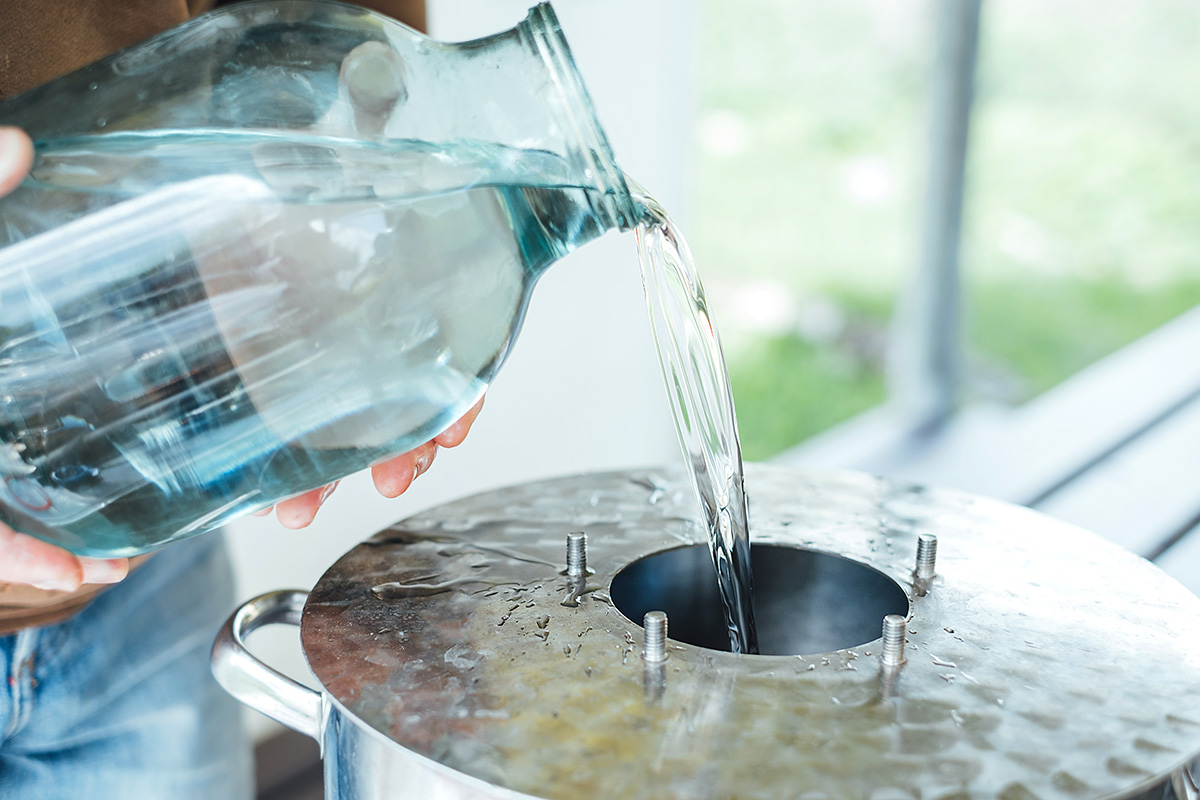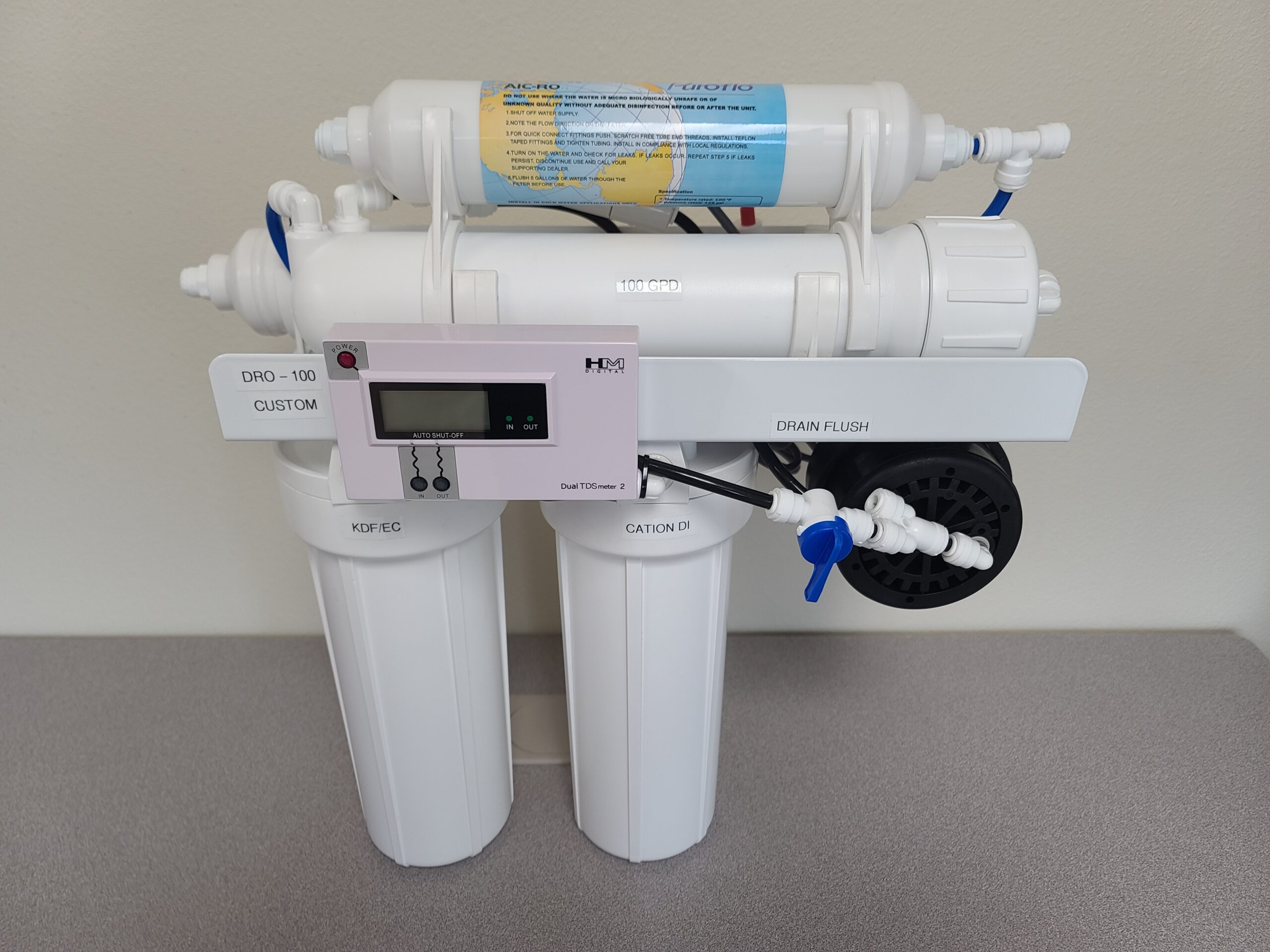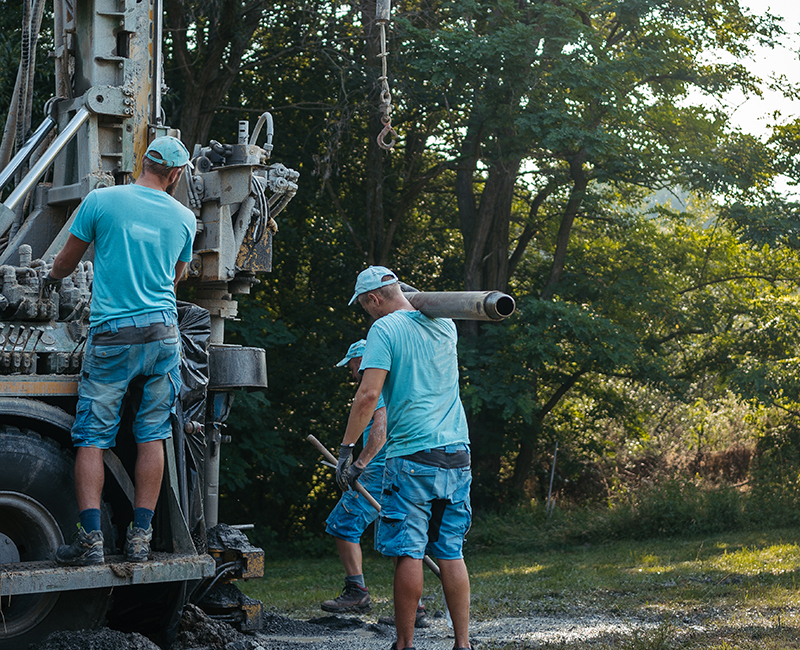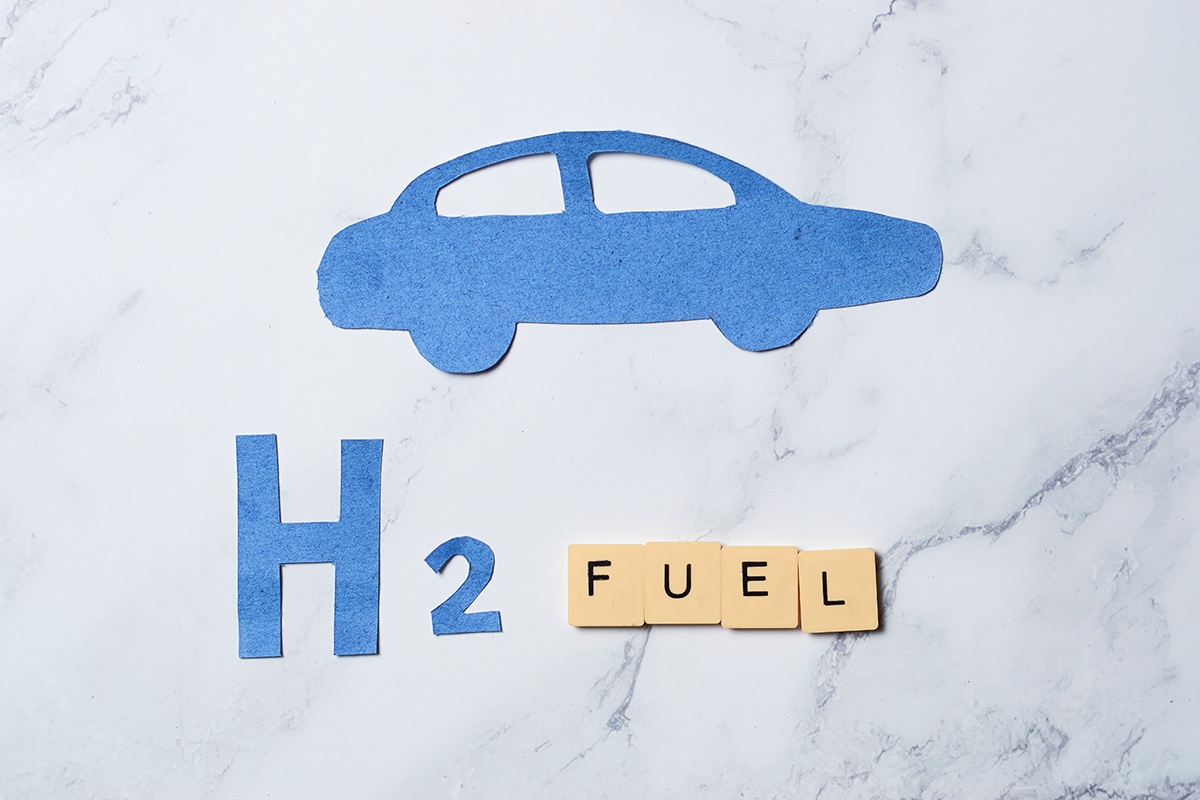
An April 3, 2021 climate report on a local CBS TV affiliate indicated that 74 million people living East of the Mississippi river will experience drought conditions in 2021 and 2022. This news was followed the next week by an article in the San Diego Union Tribune that snowpack levels in mountains to the North were at 50% of “normal”. This is a critical source of water for much of California and normal is quite low because of the averaging in of some terribly dry seasons the last few years.
It is incumbent upon all of us to do our part for conservation and yet the water conditioning industry continues to promote and sell water softeners and filters that waste precious water when viable alternatives have been available for well over 20 years. At most levels, water conditioning products are a push market, so sellers could more easily adapt to newer, water-saving products but few do. Pull markets created by more enlightened and educated consumers tend by a vastly higher percentage to favor the greener products.
Why the reluctance to change? One can only guess, but some reasons are:
- Big names in the industry that are heavily invested in machinery and facilities to produce components for traditional water and salt using systems such as control valves, ion exchange resins, and salt are loathed to promote a disruptive product
- The distribution channel is very fragmented and poorly informed at the seller/customer interface
- The dollars generated by the entire industry have been too low to attract talented, innovative, and highly educated people.
The base technology of the water wasting products dates to the 1930s with the widespread adoption of high surface area ion exchange resins dating to the 1980s. Most activity now appears to be in sensors and electronics on valves that use less salt with the goal being stoichiometric salt levels (a pound of salt removing a pound of hardness). Unfortunately, this is counterproductive because the corresponding loss in capacity requires more frequent regenerations so WASTE WATER INCREASES.
A more demanding and conscience-guided consumer base will eventually obsolete many of today’s products and replace them with products such as our residential and commercial ESF and Aquafer and hopefully, new distribution channels for these products will open up.











